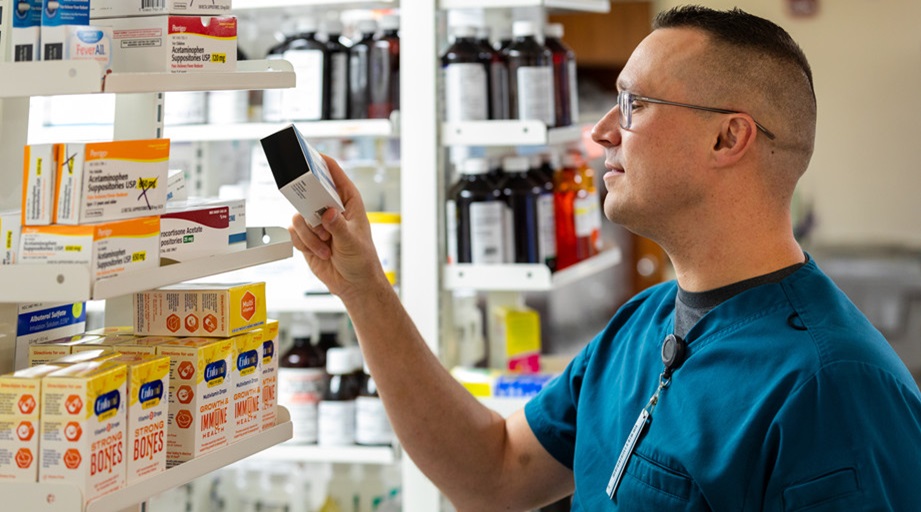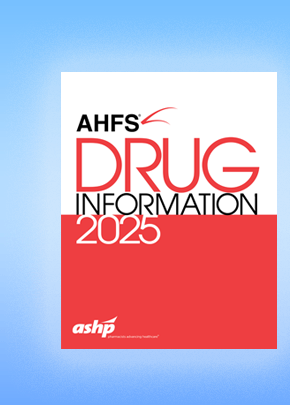
After analyzing data from a yearlong project, a California community health center unexpectedly discovered that many “medication-therapy problems” (MTPs) were caused by prescribing issues rather than struggles by patients to pay for their medications or adhere to their drug regimen.
“There was some treatment inertia within the clinic,” explained Rocio Bender, clinical pharmacist at Share Our Selves, a nonprofit federally qualified health center serving Orange County.
Bender said 76% of MTPs were determined to be prescription related. Most of those MTPs were classified as dosages that were too low, particularly for patients who were prescribed insulin.
“This triggered topics in our bulletin that we put out to providers on a quarterly basis informing them of new guidelines to overcome the treatment inertia,” Bender said.
Share Our Selves learned about the prescribing problem by participating in the A3 Collaborative, a joint project involving ASHP, the Alliance for Integrated Medication Management, and Apexus. Participants in the collaborative learn how to implement, sustain, and share stories about ambulatory care medication therapy management (MTM) projects undertaken by interprofessional teams that align with the participants’ institutional goals.
Bender said her organization has been providing clinical pharmacy services since 1984 and regularly undertakes quality-improvement projects. But she said participation in the A3 Collaborative—and especially the coaching she received—“really allowed us to kind of home in on challenges or things that we may do better.”
Her team’s goal was to improve the identification, tracking, and resolution of MTPs among the clinic’s patients, who are largely Medicaid beneficiaries and underinsured members of the community.
Part of the project involved the expansion of comprehensive MTM services provided to patients at high risk for hospitalization or poor outcomes. Bender said this work led to a decrease in MTPs from an average of 1.08 per patient before the MTM expansion to 0.53 per patient after the intervention.
Amy Kramer, director of population health and ambulatory care clinical pharmacy for Mercy Health Select in Akron, Ohio, said her organization decided to participate in the A3 Collaborative to jump-start quality-improvement efforts and learn from other participants across the country.
The team focused on pharmacists’ involvement in 3 specific transitions-of-care services: medication counseling from a pharmacist at discharge, a “meds-to-beds” program for patients awaiting discharge from a hospital, and a follow-up phone call from a pharmacist 24 hours after discharge.
“One of our goals was to standardize all of those approaches so that no matter where you got discharged, you would have a similar process happen from the pharmacy perspective,” Kramer said. “We have 23 different hospitals spread out all over Ohio and Kentucky. And every hospital had different ways that they did discharge counseling from the pharmacy perspective.”
Kramer said Mercy Health’s A3 team created a standardized format for clinical notes that pharmacists at inpatient, retail, and ambulatory care sites could use to document interventions in the electronic medical record system.
“Everyone was then using the same documentation . . . that then had some smart data elements attached that were then trackable and reportable,” Kramer said.
At the start of the project, some hospitals had none of the 3 pharmacy services in place. Kramer said the plan was to have at least 1 of the targeted services in place at every site, and for hospitals that were already offering 1 or 2 of the 3 services to add another.
“Our goal was . . . that we would give them the tools and training and then have them maybe start with the 1 they thought would be the easiest,” she said.
Kramer said the health system has struggled with the information technology (IT) reporting components of the project but hoped to resolve those issues soon.
She said the IT team has developed a basic productivity report that documents how often pharmacists performed the interventions of interest.
“We were able to get the productivity widget tracking, but we are still waiting on the readmissions piece,” she said in early July. Once the IT work is done, the pharmacy department will be able to compare 30-day readmissions data before and after the pharmacy services were implemented.
Those data, she said, will be available to help the pharmacy department direct resources toward services that improve outcomes.
Kramer said participation in the collaborative has been valuable.
“I think it was helpful to understand that everyone was struggling with the same things,” she said.
Also useful, she said, was describing specific processes at the hospital and getting feedback from people outside of her health system who wondered why things were done a certain way.
“Sometimes we had a good answer for why, but other times we didn’t. And it could make us step back and evaluate,” Kramer said.
[This news story appears in the September 15, 2018, issue of AJHP.]








